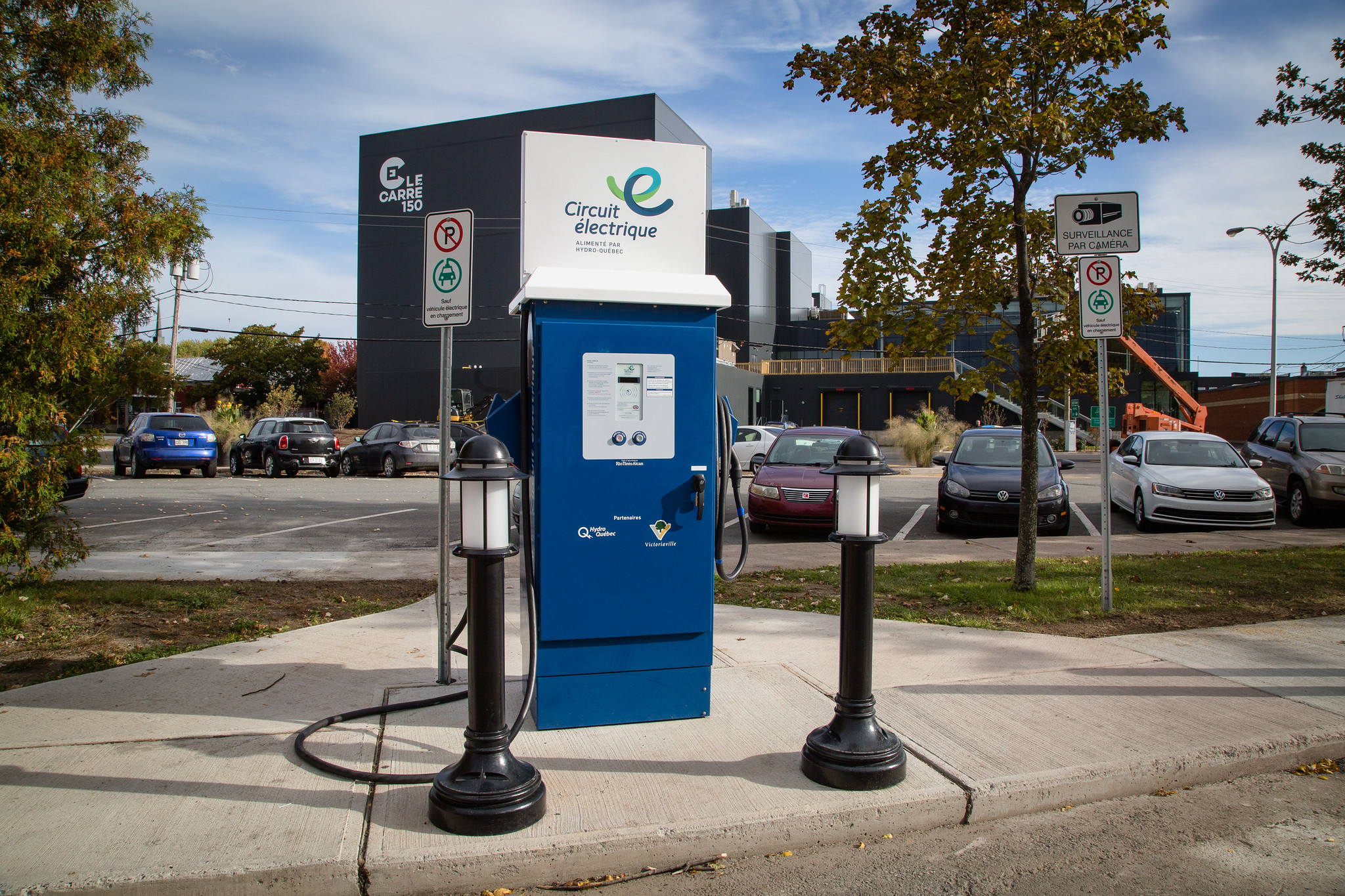
The Power of Dreams (Or: What I Learned About Environmentalism at the Auto Show)
Can the dream of a new transportation future be as motivating as a brisk ride in a sleek new car? I think it can.
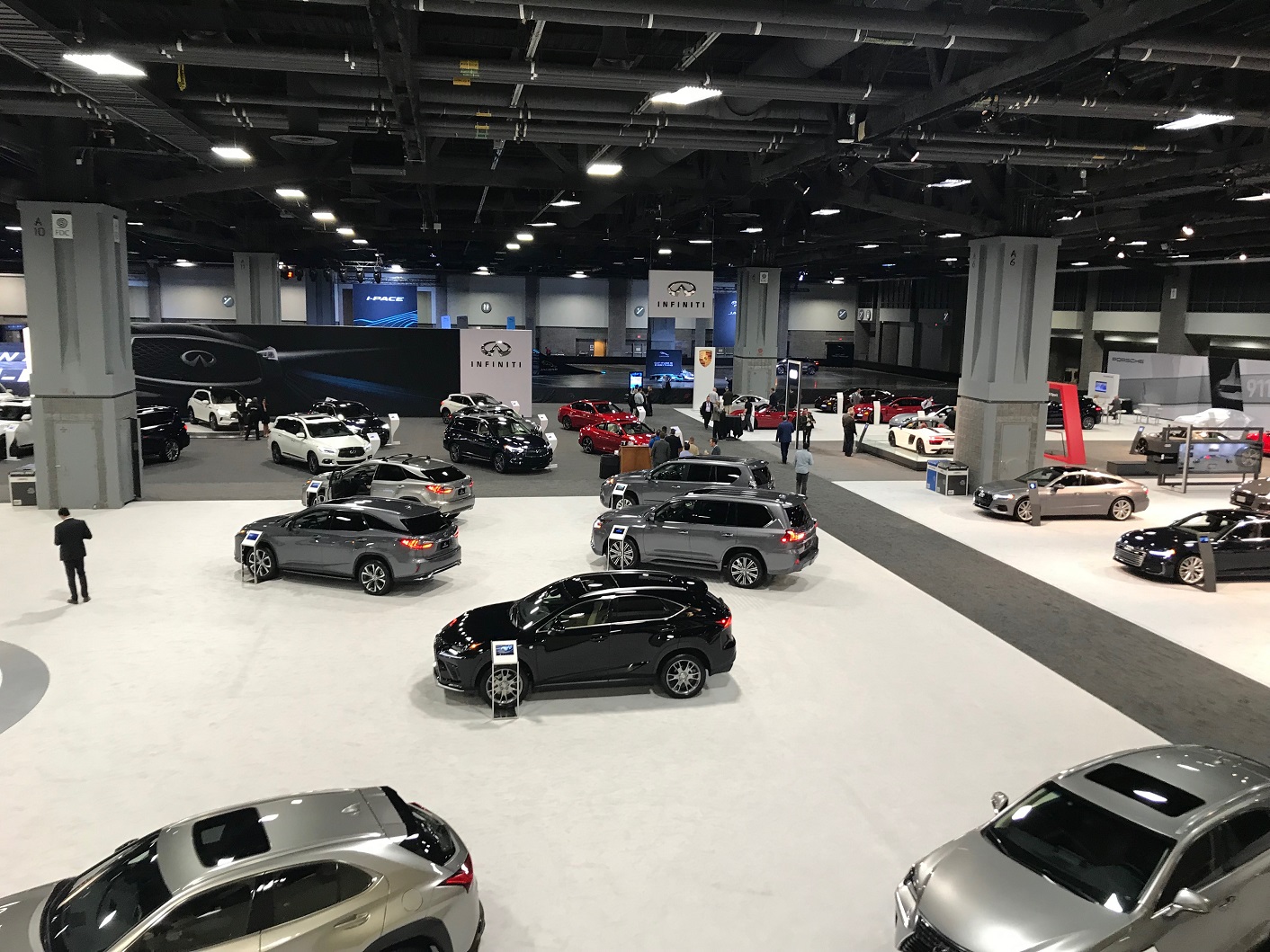
The Jaguar was calling to me.
As I walked into the Washington Auto Show last week, one of the first things that caught my eye was a test track in one corner of the show floor – all glossy black surfaces and neon lights – where the British automaker was offering rides in its new $69,000 I-PACE electric vehicle.
It had been more than a decade since the last time I went to a car show. And as I stood on the Jaguar display’s white plush carpet trying to make sense of the scene (they drive cars indoors nowadays?), one of several poised and precisely groomed Jaguar reps beckoned me forward to take a ride.
How could I refuse?
I was introduced to my driver – coincidentally, also named Tony – who had the firm handshake and air of competence that would enable you to peg him as a professional driver even if you ran into him in the snack aisle of the local 7-11. I’m not a car guy, heaven knows, but even I know when I’m experiencing something special. Test Driver Tony accelerated the I-PACE through a neon-lit tunnel, up and down a small hill, and whipped the car through an array of stops, starts and turns, showing off the I-PACE’s precision handling.
Once I exited the car and regained my footing, I was ushered to the Land Rover test track, where I took another test ride in another impressive vehicle. When all was done, I filled out a short survey and, before I knew what was happening, had an extremely high-quality Land Rover cap thrust into my hands as a parting gift.

It really was a very nice hat.
I’m not going to lie: It was exhilarating. And wicked fun.
And it had to have been impossibly expensive. The impression left on me was that no expense had been spared on making a Jaguar I-PACE something that I very much wanted. Deserved. Could no longer live without once I had experienced it for myself.
Environmentalists seeking to act on climate change have long faced a strategic dilemma: Do we work to “beat ‘em” – challenging the existing, unsustainable systems of civilization that make something like the Washington Auto Show possible? Or do we “join ‘em” – harnessing the awesome technological and marketing power of established industries to push green technologies while leaving the fundamental structure of our energy and transportation systems intact?
When it comes to transportation and the climate, the “join ‘em” strategy has prevailed to date, at least in the United States – prioritizing changes to vehicles and fuels above broader changes to the transportation system. The high water mark of that strategy was the 2009 agreement between the automakers and the Obama administration that ushered in strong national standards on tailpipe greenhouse gas pollution – standards that represented the single biggest step the United States had ever taken to reduce its contribution to global warming.
Last year, in the wake of the Trump administration’s proposal to roll back those standards, I wrote that the join ‘em strategy had hit a dead end – that the auto industry had turned its back once and for all on a vision of the future built around steady progress toward cleaner cars. The alternative for climate advocates was to follow the example of a growing number of cities around the world (such as Barcelona, whose efforts were recently profiled by David Roberts at Vox) that are beginning to envision a future without the personal car.
My trip to the Washington Auto Show made me think twice.
For one thing, the floor of the show was packed with electric vehicles like the I-PACE – high-performance vehicles with travel ranges exceeding 200 miles per charge. Electric vehicles clearly have a long way to go to become the dominant vehicle technology in the U.S., with the limited availability of charging infrastructure (as described in our recent report with Environment California) being just one hurdle. But electric vehicles in some shape or form are here to stay. Score one for “join ‘em.”
Moreover, walking the floor of the auto show provided a visceral reminder of the sheer volume of money and creative energy pumped into automobile marketing – an investment that has given cars prime real estate in our minds and hearts. The automobile industry spends an astounding $15 billion on advertising in the United States every year. Back in February, my colleague R.J. Cross, writing about the rise in auto debt, used a Revolutionary War-themed ad for the Dodge Challenger to illustrate how strong this grip can be:
The closing line of the ad – “Here are a couple of things America got right: cars and freedom.” – speaks to the central place cars have held in the American imagination and in public policy. But while car companies might want us to enter dealerships with visions of driving our muscle cars into battle, the reality of car ownership is usually far less exhilarating.
I was at the Washington Auto Show in the first place to speak to the Society of Automotive Engineers’ annual Government Industry Meeting about the climate implications of autonomous vehicles. At a coffee break in that meeting, I picked up a napkin with the following slogan:
Honda: The Power of Dreams
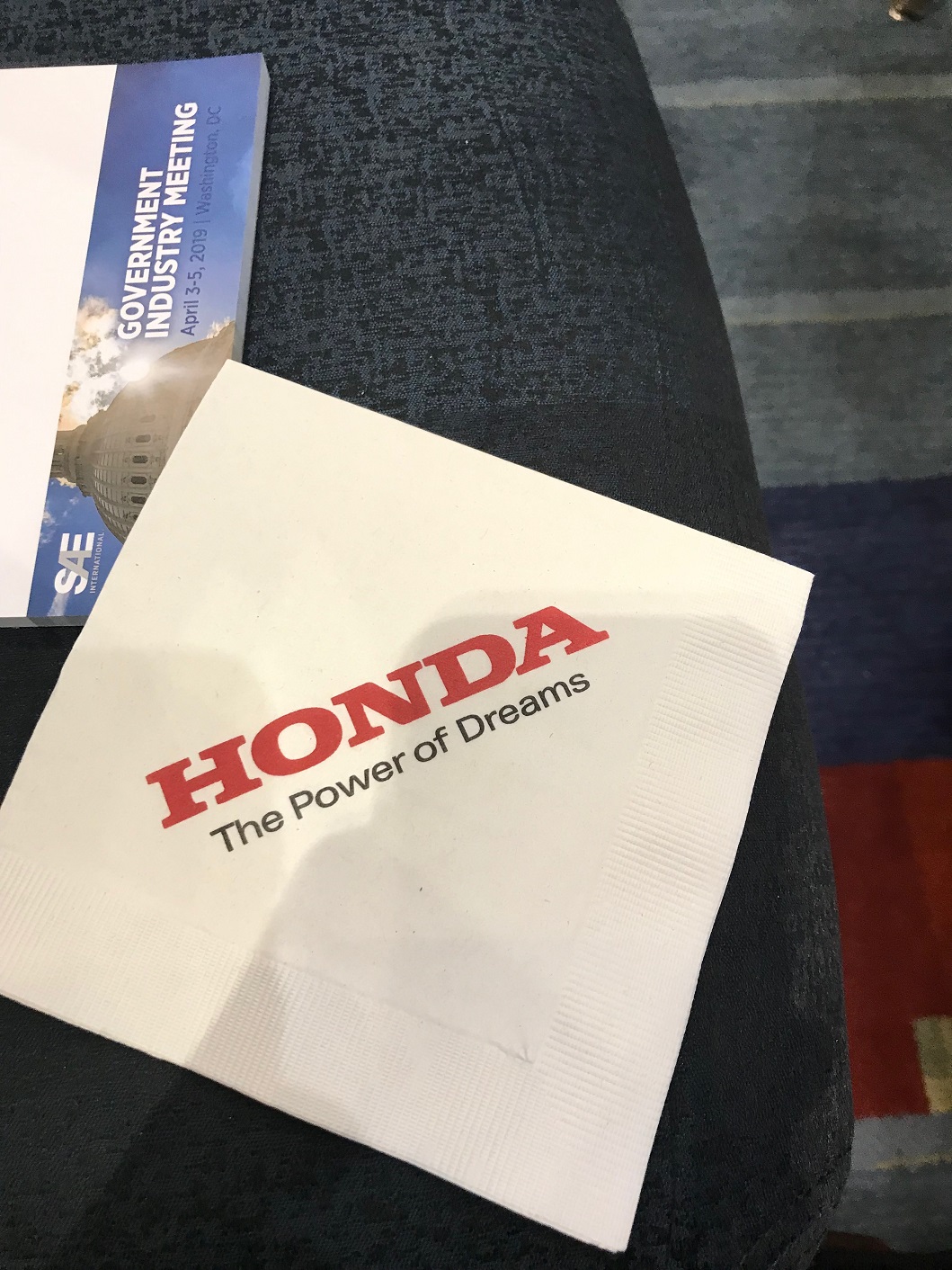
And I thought to myself: that is really it. The automotive industry has spent hundreds of billions of dollars on marketing over the decades to harness the power of dreams – our dreams of independence, of freedom, of adventure, and of self-worth – for the marketing of a lifestyle and society built around the car.
My ride in the I-PACE showed that those dreams could be harnessed to sell electric vehicles. In the short run, that can make a huge difference in bending the curve of greenhouse gas emissions from transportation. But, as I wrote in January, transitioning to electric vehicles won’t be enough to prevent the worst impacts of global warming – and it will leave many of the other negative aspects of our car-dependent transportation system, from congestion to death on the roads, in place.
If we are to achieve a broader transformation, those of us advocating for sustainable transportation also need to trade in the power of dreams – even if our marketing firepower is but a tiny fraction of what the automakers can muster. In our 2016 report A New Way Forward on decarbonizing transportation, we did a little bit of this kind of dreaming – imagining how the various tools in our low-carbon transportation toolbox could be combined (and applied in several types of cities) to achieve transformative results.
Can the dream of a new transportation future be as motivating as a brisk ride in a sleek new car? I think it can. While I left my ride in the I-Pace with a big grin on my face, that grin was no bigger than the one I get riding my bike across Boston’s Mass Ave. bridge on a clear night, or walking through a city bursting with people and energy, or staring out the window of a train passing through the countryside.
I believe that a low-carbon transportation system can enable people to be just as independent, free, adventurous and fulfilled as a system powered by vast quantities of fossil fuels – and, in many ways, even more so. The policy details and technological specifics of that system matter greatly. But the work of helping Americans to envision – and ultimately, to embrace – the dream of a sustainable transportation future is just as important.
If more Americans came to share that dream, the results – for our communities, our climate and our health – would be more than just powerful. They would be revolutionary.
Topics
Authors
Tony Dutzik
Associate Director and Senior Policy Analyst, Frontier Group
Tony Dutzik is associate director and senior policy analyst with Frontier Group. His research and ideas on climate, energy and transportation policy have helped shape public policy debates across the U.S., and have earned coverage in media outlets from the New York Times to National Public Radio. A former journalist, Tony lives and works in Boston.
Find Out More
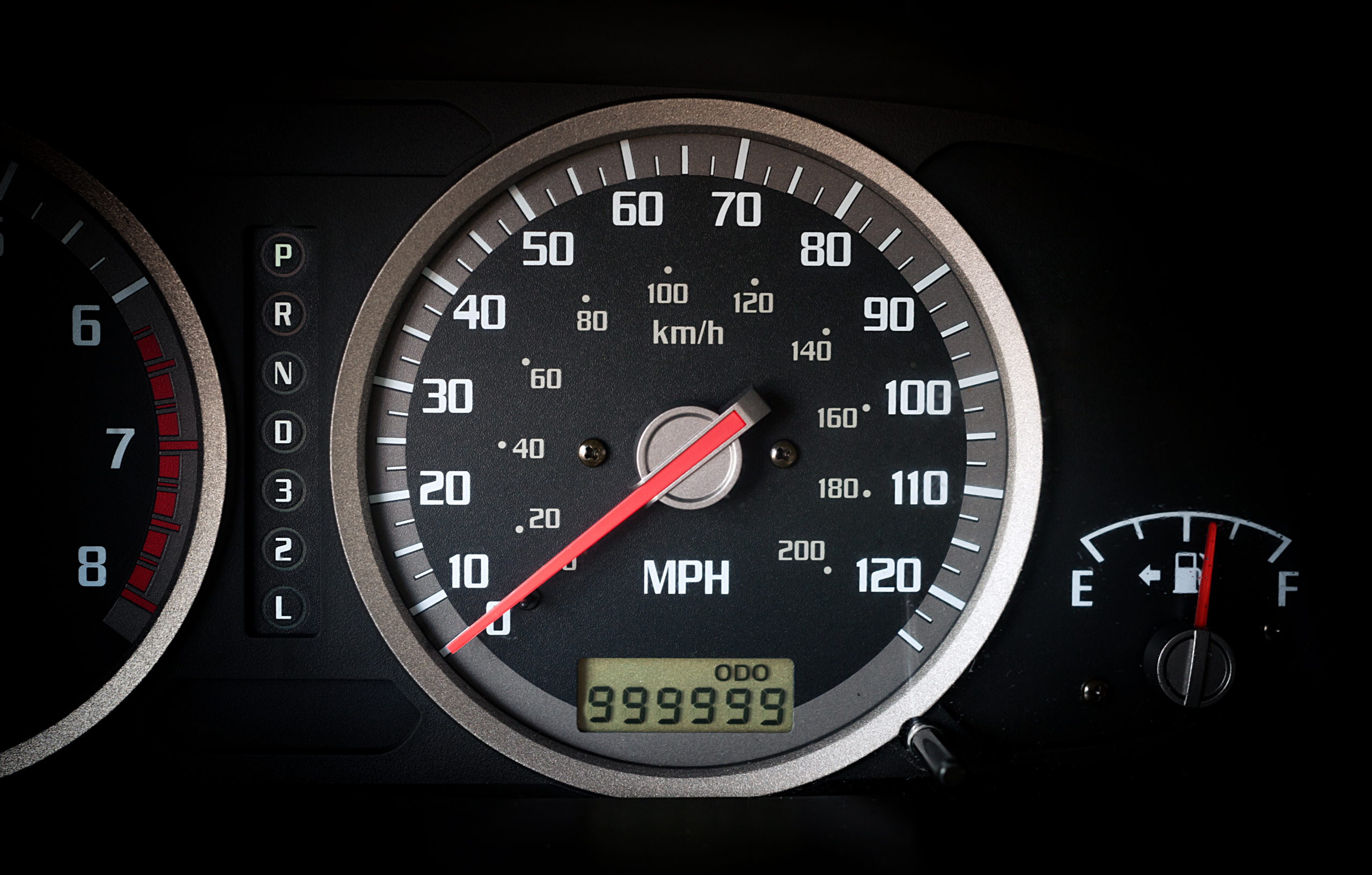
The million-mile battery and a clean energy future that’s built to last
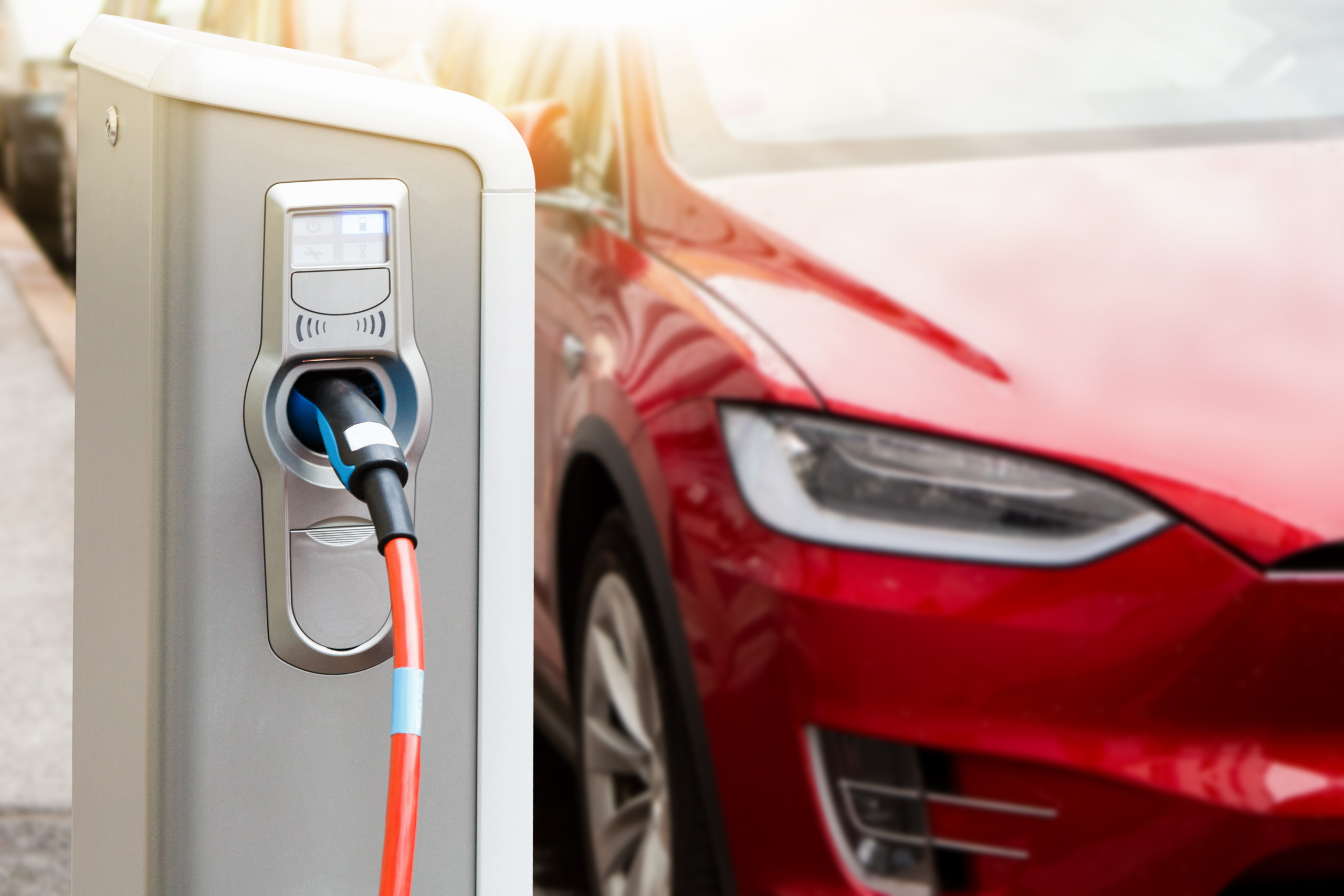
Automakers could have learned to build EVs. They paid Tesla to do it instead.
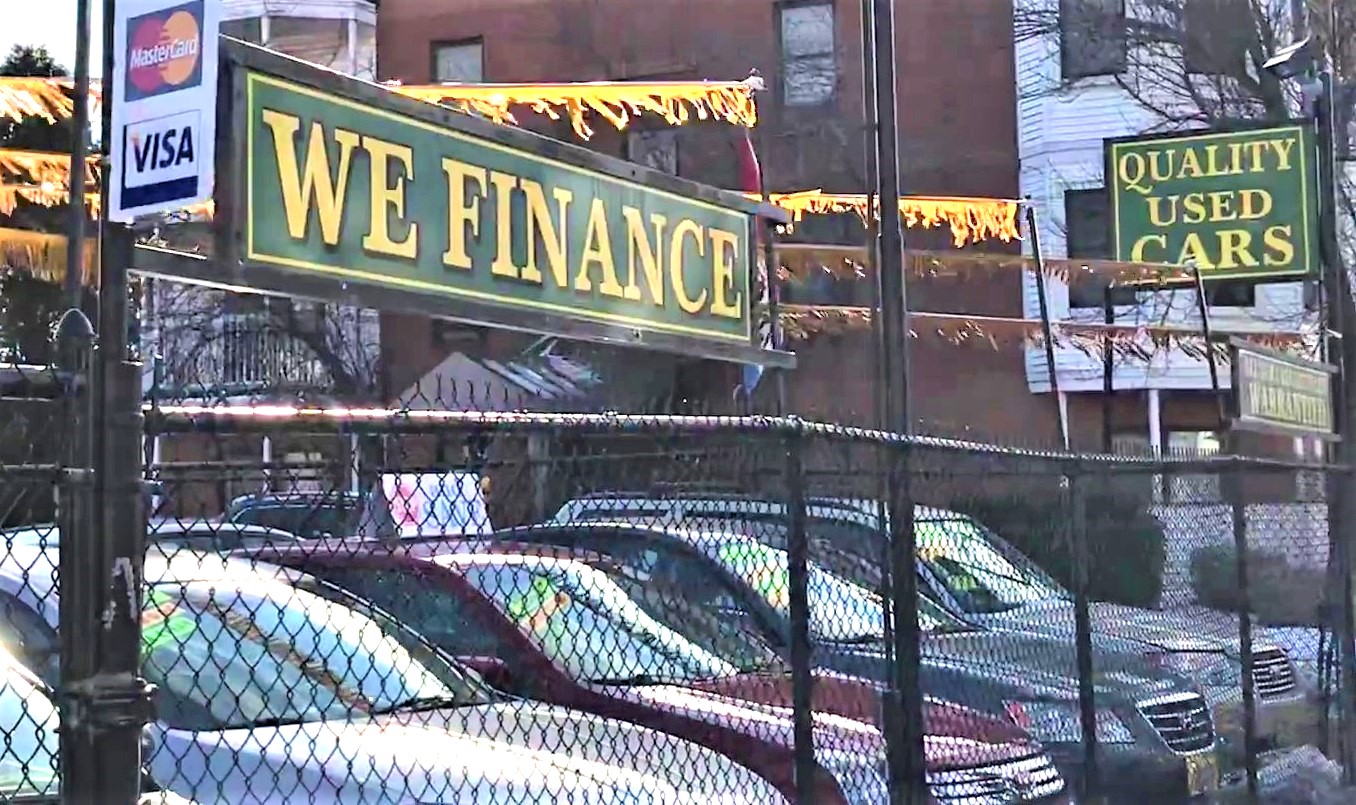
The auto industry has a sustainability problem. And it’s not just about the environment.
